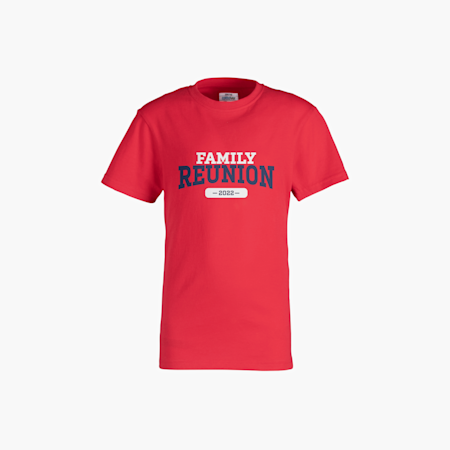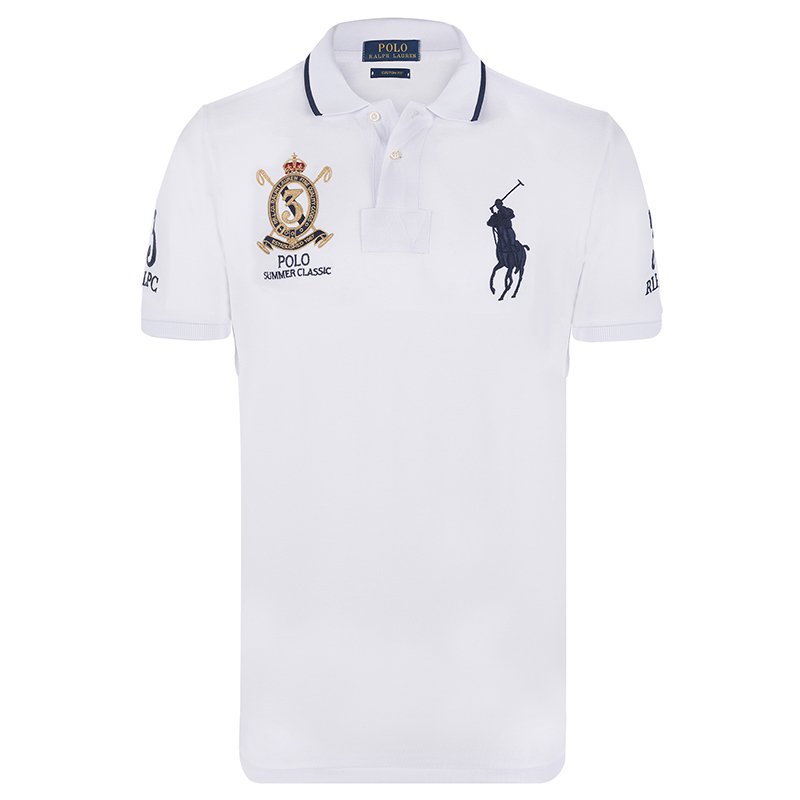Free Shipping All Over The World
Get Started !Phone
833-winfieldcustoms
Our Hours
Mon-Fri: 8AM-5PM Eastern
MENU
How to Best screen print water-based ink (2023)
16-Jan-2023- 5 min read
What is Water-based ink?
Water-based ink is a special method of printing on clothing. Although plastisol is the most widely used print method in all garment printing. New technology has allowed the introduction of special inks for screen printing.
Water-based ink is similar yet different. Water-based printing is generally used for light-colored garments. Like whites, light blues, yellows, pastels, etc., while on the other hand, discharge printing is used on dark-colored garments.
How does water-based printing work?
Water-based printing is a special ink that absorbs into the fabric instead of sitting on top like plastisol printing. So when the final product is finished, it feels like nothing is there. It is soft and breathable. This is what makes water-based printing special and different.
It is still water-based. But it has some other pigments that allow it to stay on darker fabrics. It will still have the same super soft and lightweight finish. With discharge printing, we still need to have an under-the-base. That will allow your colors to sit and "pop". So we can print on the garment to achieve this result.
Advantages of water-based inks
Water-based overall inks are a superb choice whilst a "softer hand" is desired. A soft hand is a condition where the film of ink cannot be easily felt by the hand as it passes over the surface of the fabric. This effect is often used as an argument for why water-based plastisols are preferred over plastisols because plastisols have a higher hand than water-based ones.
Water-based inks moreover have the advantage of being a top-notch ink tool for high-speed roll-to-roll yardage printing. Such printing is done on large modern equipment with a very large drying (curing) capacity.
Water-based inks are also a good choice where ink penetration is important, such as in towel printing. Towels have a high nap fabric that must be printed in a manner where the ink penetrates or bleeds through the base fabric for adequate coverage. Water-based inks that are designed to penetrate fabric are best for this application. Ink splatter is not a desired effect in most other fabric printing as it will destroy multiple color designs and registrations.
Disadvantages of water-based inks
Water-based inks are more difficult to cure than plastisol. A shop interested in printing water-based inks must have a drying capability to remove the water. Driers used for water-based printing are larger than those required for plastisol. In plastisol printing, the ink film must reach the curing temperature for only a moment. With water-based inks, the temperature must be reached and then held until all the solvent (water) has been removed.
There are water-based inks that will dry but they are generally only acceptable for craft-level printing because the curing room required greatly reduces productivity. Many water-based inks can also cure more quickly with the addition of a catalyst that will help the heat cure the ink by continuing to cure even if all the water is not removed from the dryer.
The disadvantage of a catalyst is that once it is added to a water-based ink, it creates a time limit or "shelf life" where the ink must.
Water-based inks are also more aggressive towards the emulsion than the plastisol used to make screen stencils. Emulsion manufacturers all make "water-resistant" emulsions that should be used for water-based printing. If a standard emulsion is used, the water-based ink will melt the emulsion and destroy the stencil within minutes. Even when the proper emulsion is used, screen life with water-based printing is much shorter than with plastisol printing.
Conclusion
While water-based ink printing is a great method, you should consider your target audience and how they plan to use your clothing. It might be worth spending a few extra bucks for that different feeling and experience. If you aren`t wonderful about how it`ll look. Ask your printer if he can show you any previous work that involves water-based printing. So you know what to expect.
What Is The Minimum Order Quantity?



